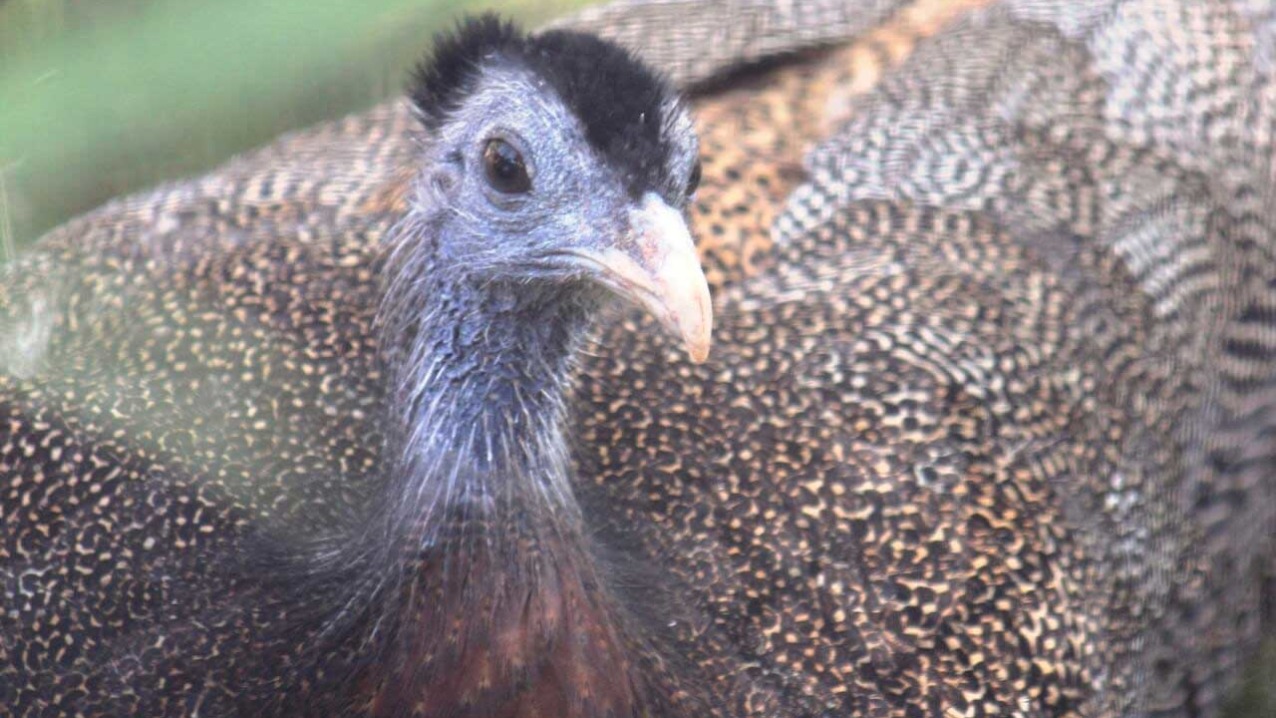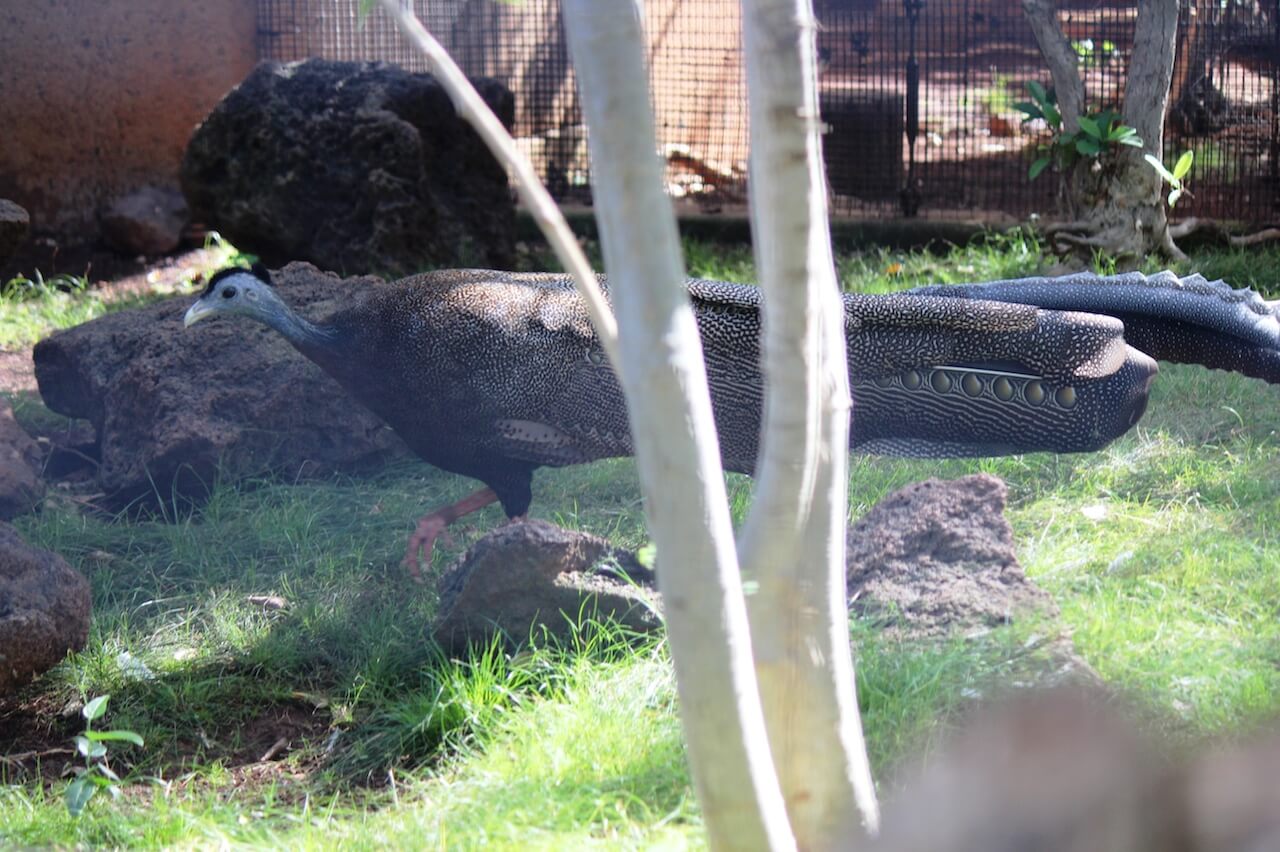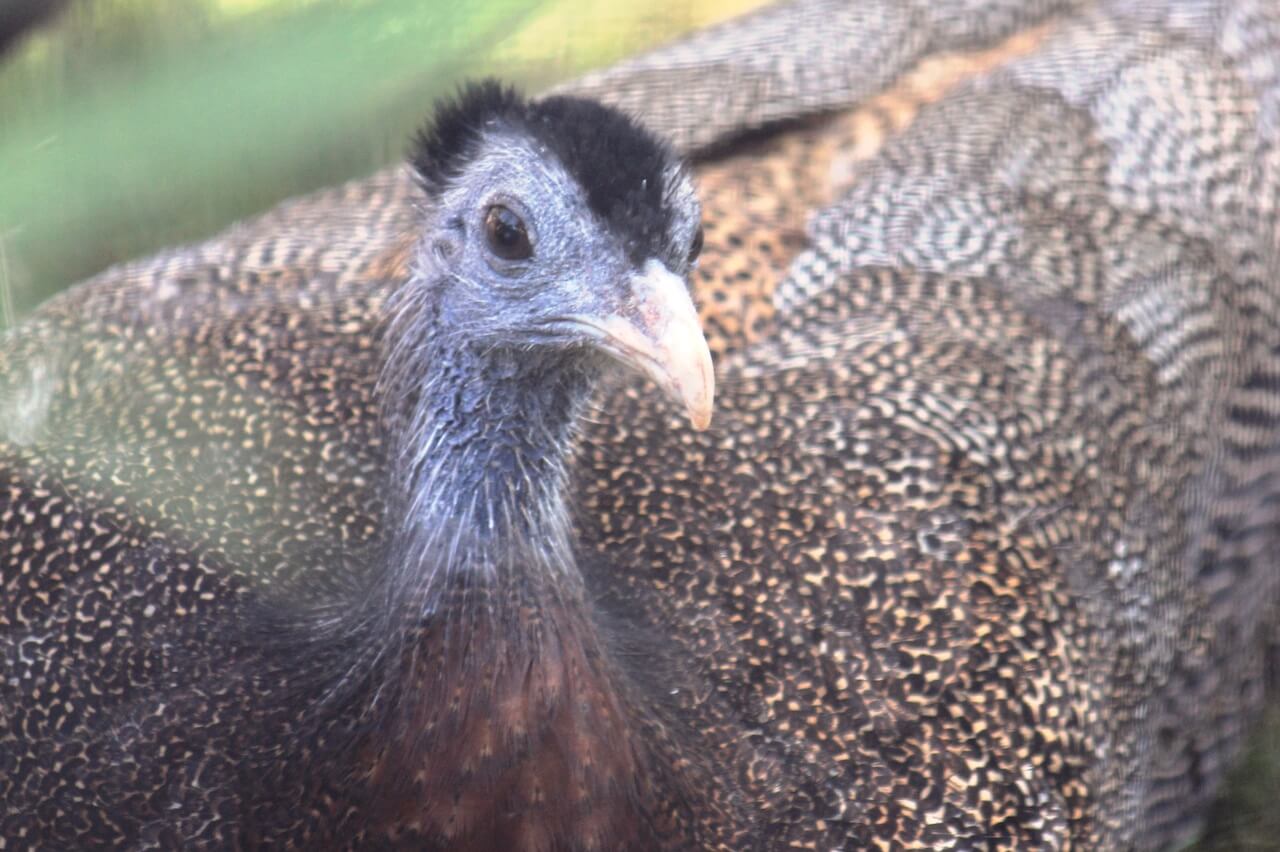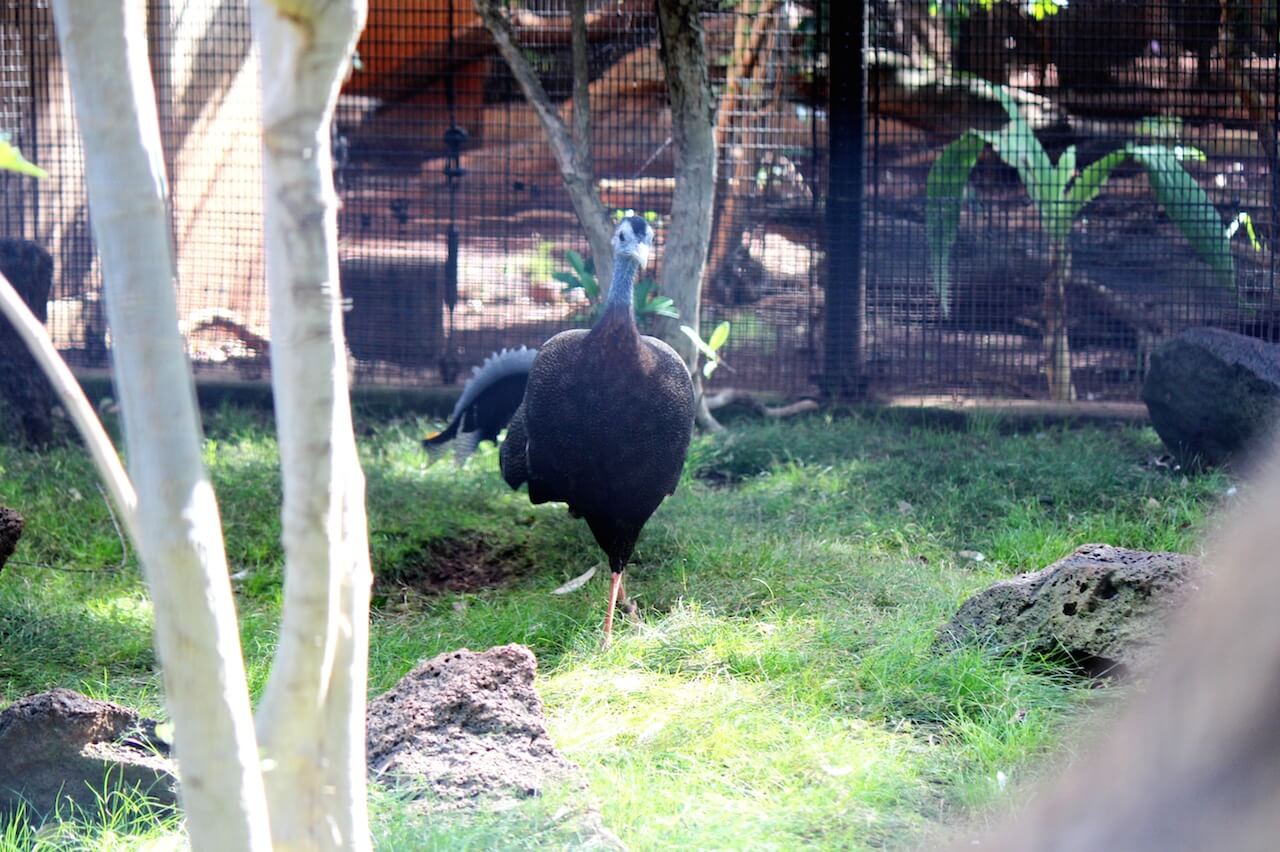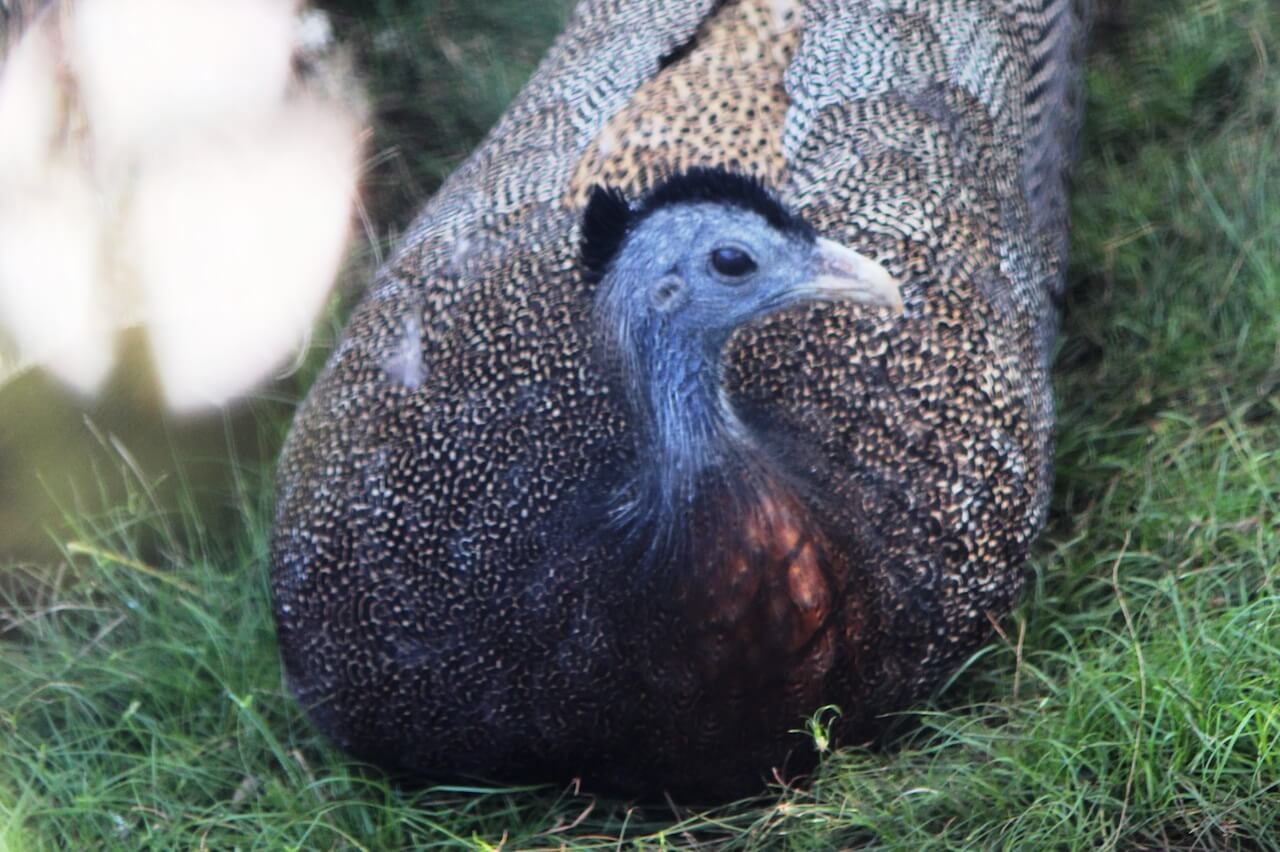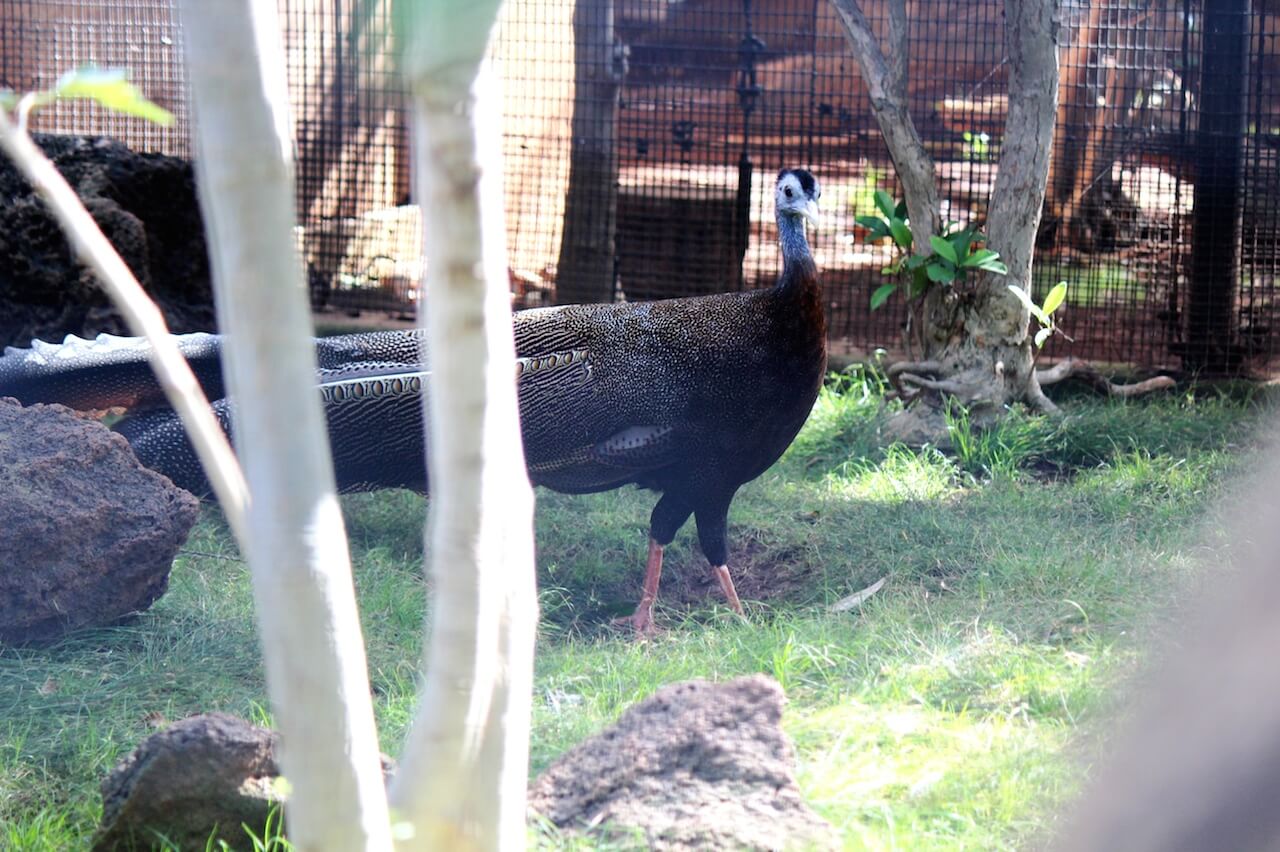argusianus argus
Great Argus
About Me
Scientific Name: Argusianus argus
Description
Great Argus have a broad, elaborately patterned tail which is twice as long as their bodies. Their wing span is about .72 m. The Great Argus of Malaya, Sumatra, and Borneo may reach a total length of 2m(6.5 feet). They weigh about 12 kilograms.
Fun Facts
- The Great argus is a calm and gentle bird. Courtship behavior includes the male clearing a grassy area of twigs, and debris.
- Males make loud cries and when a potential mate arrives, he dances around her and raises his wing feathers to form two huge fans showing the “eye” like markings.
- Kingdom: Animalia
- Phylum: Chordata
- Class: Aves
- Order: Galliformes
Great Argus have a broad, elaborately patterned tail which is twice as long as their bodies. Their wing span is about .72 m. The Great Argus of Malaya, Sumatra, and Borneo may reach a total length of 2m(6.5 feet). They weigh about 12 kilograms. The males are brightly colored with an elaborate pattern whereas females are less vibrant in color with shades of buff and brown with darker streaking and barring. The Great Argus has markings on its wings that resemble eyes.
In captivity, the Argus needs a large and varied diet which should include: greens, turkey pellets, meal worms, raw peanuts, and fruits such as apples and oranges.
The Great Argus is native to the Malay Peninsula, Borneo and Sumatra. It inhabits woodland, deciduous forests, tropical rain forest and grassy areas
The Great argus is a calm and gentle bird. Courtship behavior includes the male clearing a grassy area of twigs, and debris. Males make loud cries and when a potential mate arrives, he dances around her and raises his wing feathers to form two huge fans showing the “eye” like markings. The male takes no part in nesting or tending the young. Great Argus are quick to become independent and are sexually mature by the third summer. All Argus species produce high peeping calls.
They reach sexual maturity in three years. The Great argus produce two to four eggs per year. The newly-hatched chicks soon leave the nest area in company with their mother. Their wing feathers grow quickly, allowing them to fly long before they reach their adult size. The dispersal of their young is rather early.
There are very few in captivity in the U.S. There is a pheasant action plan to coordinate conservation program of all pheasant species and it shows that the Argus is vulnerable and could become endangered.
Pheasants and Quails. Bird Families of the World, Harrison, C.J.O., Pgs.74-76, Harry N. Abrams Inc., New York 1978.
True Pheasants, Peafowl, and Jungle Fowl. Encyclopedia of Birds, Kyodo Printing Co (Singapore) Ltd., Singapore 1990.
Other Birds
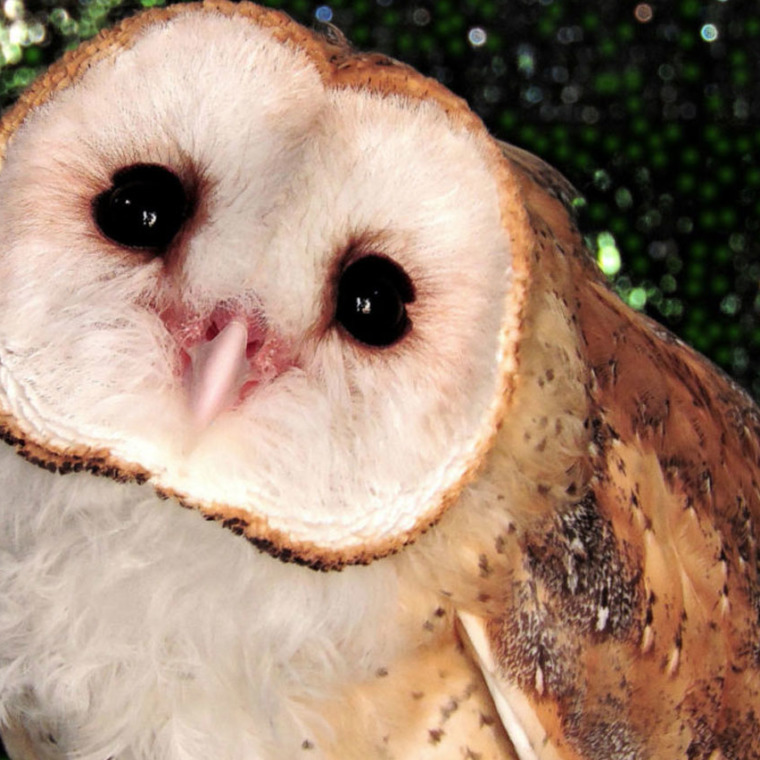
Barn Owls are found throughout the globe, in Europe, Africa, Asia, Austrailia, and the Americas
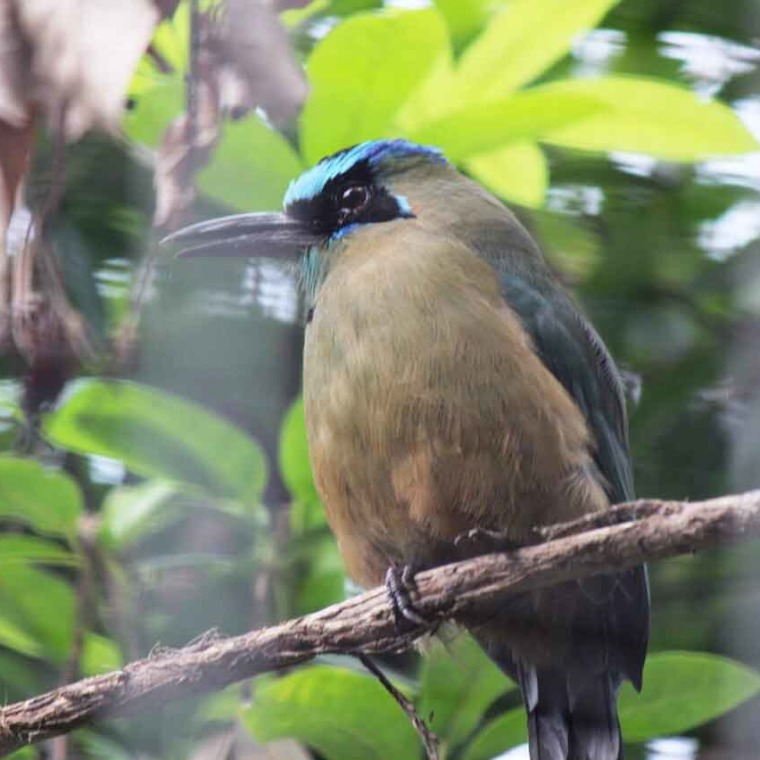
This animal can grow over a foot in length! Motmots possess a serrated beak and red eyes, with a black mask that encircles their heads.
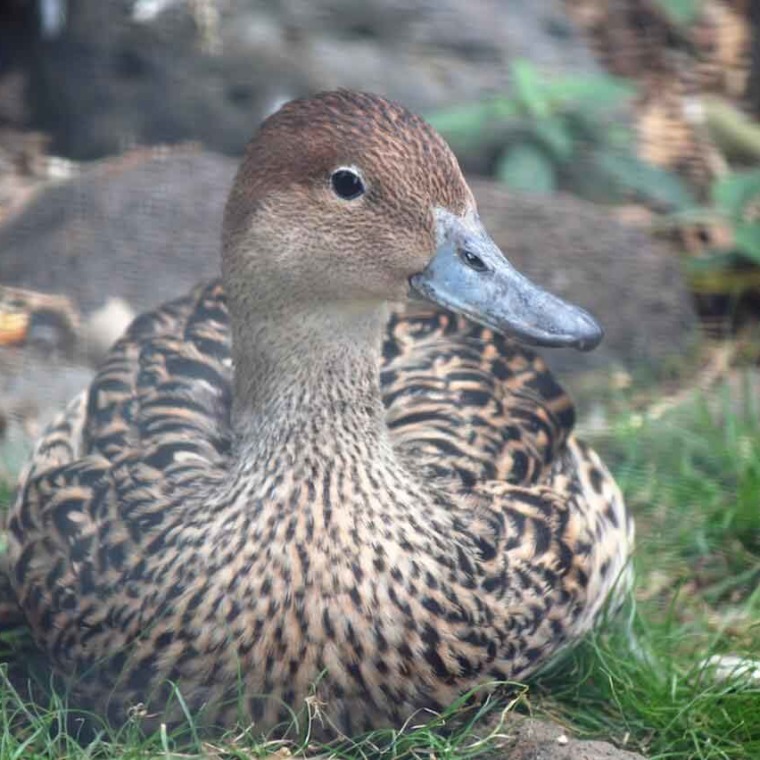
Koloa maoli are very secretive and difficult to observe except in protected areas such as Hanalei National Wildlife Refuge on Kauai.
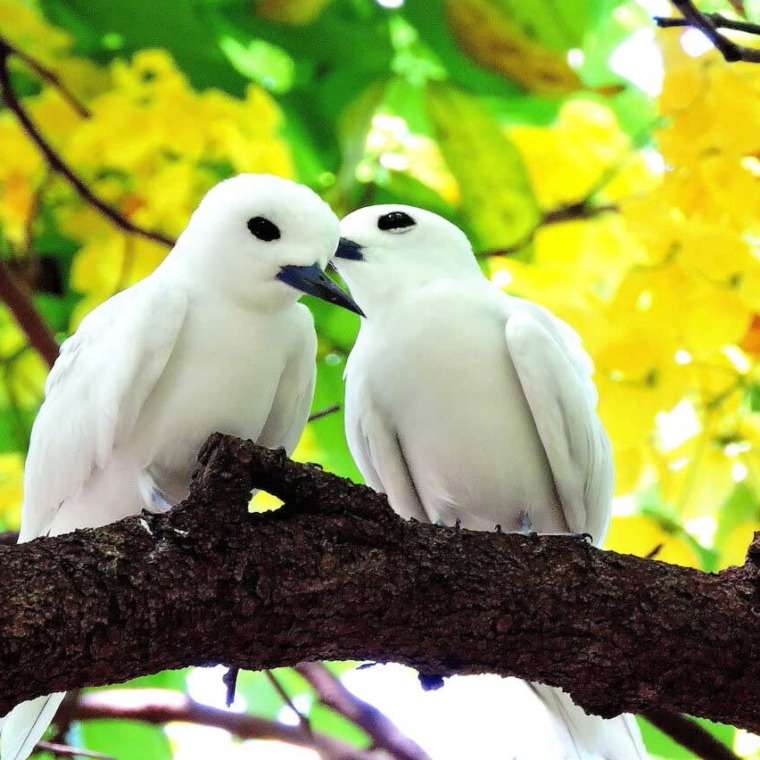
This bird is found primarily on islands, and has a wide ranger across the equatorial band of every ocean on Earth, save for the Arctic Ocean, which does not cross the equator.
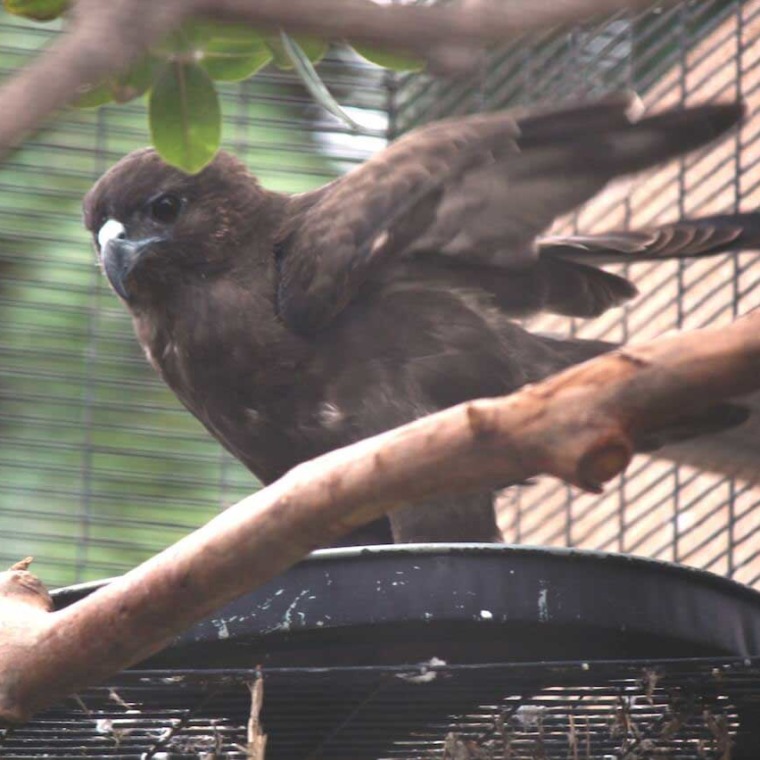
’Io prefer to hunt from tall perches that they use to survey their prey; however, they are known to dive at targets from mid-flight if the opportunity presents itself. are territorial and come together only to breed.


